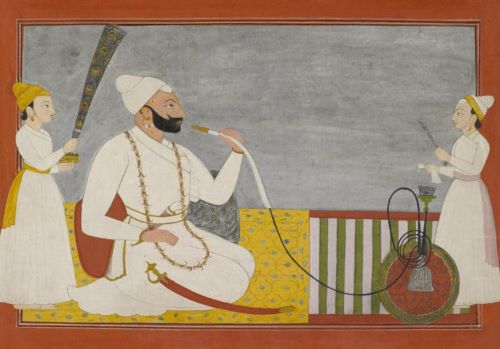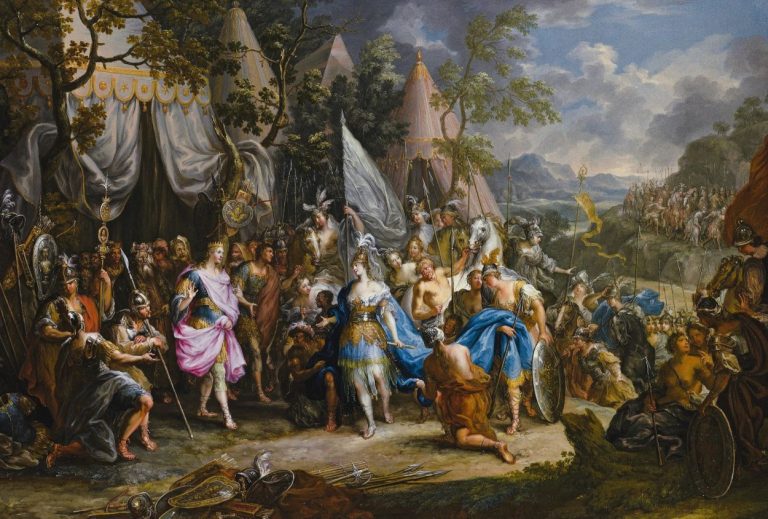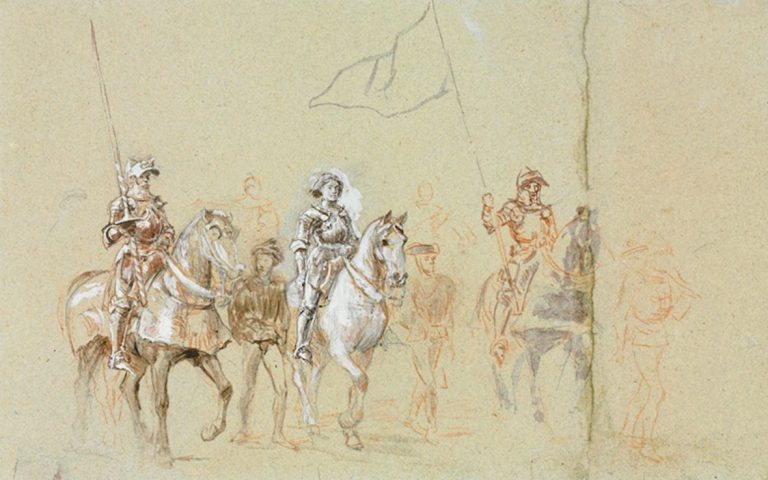

Throughout history, humanity has employed various methods to consume tobacco and other substances through smoking. Smoking practices have evolved significantly from ancient rituals to modern innovations, reflecting cultural, social, and technological changes.
Early History:
The earliest evidence of smoking dates back to ancient civilizations. Indigenous peoples in the Americas were known to smoke tobacco in ceremonial rituals as early as 5000 BCE. They would roll dried tobacco leaves into cigars or smoke them in pipes made of clay or stone.
Native American Practices:
Native American tribes developed intricate smoking traditions, using tobacco not only for religious ceremonies but also for medicinal and social purposes. They introduced tobacco to European explorers during the Age of Discovery, spreading it globally.
Pipes and Hookahs:
In various cultures, smoking pipes became popular for leisure and socializing. Pipes made of clay, wood, or metal were used to smoke tobacco, opium, or other herbs. In the Middle East, hookahs (water pipes) gained prominence, allowing users to smoke flavored tobacco through a water filtration system.
Cigarettes:
The modern cigarette as we know it emerged in the 19th century. Manufactured cigarettes became popular due to technological advancements in tobacco processing and rolling techniques. They provided a convenient and portable method of smoking compared to pipes or cigars.
Cigar Smoking:
Cigars, consisting of tightly rolled tobacco leaves, have a long history of association with luxury and prestige. Aristocrats and elites favored them for their rich flavor and ceremonial significance. Today, cigar smoking remains a symbol of sophistication and relaxation in many cultures.
Shisha and Vaping:
In recent years, alternative smoking methods such as shisha (flavored tobacco smoked through a water pipe) and vaping (inhaling vaporized nicotine or flavored liquids through electronic devices) have gained popularity, particularly among younger generations. Companies like Lost Mary Vape have developed multiple options for customers, including wide ranges of flavours.
Smokeless Tobacco:
Smokeless tobacco products, including chewing tobacco and snuff, have been used for centuries as alternatives to smoking. They involve placing tobacco between the gum and cheek or inhaling powdered tobacco through the nose. While they eliminate the harmful effects of inhaling smoke, they still pose health risks related to oral and nasal cancer.
Cultural and Ritualistic Smoking:
Smoking has played significant roles in various cultural practices and rituals worldwide. From the ceremonial use of tobacco by Native American tribes to the smoking of opium in Asian rituals, smoking has been intertwined with spirituality, social bonding, and rites of passage.
Modern Innovations:
Advancements in technology have led to the development of smokeless nicotine delivery systems, such as nicotine patches and gum, offering alternatives to traditional smoking methods. Additionally, heated tobacco products, which heat rather than burn tobacco, have emerged as potential reduced-risk alternatives to combustible cigarettes.
Regulation and Public Health:
Over time, increasing awareness of the health risks associated with smoking has led to stringent regulations and public health campaigns aimed at reducing tobacco use. Smoking bans in public spaces, graphic warning labels on cigarette packs, and tobacco control policies have been implemented to curb smoking-related diseases and promote healthier lifestyles.
Conclusion
Smoking practices have evolved significantly over time, from ancient rituals to modern innovations. While smoking remains deeply ingrained in many cultures and societies, efforts to reduce tobacco use and promote healthier alternatives continue to shape the way people smoke.


